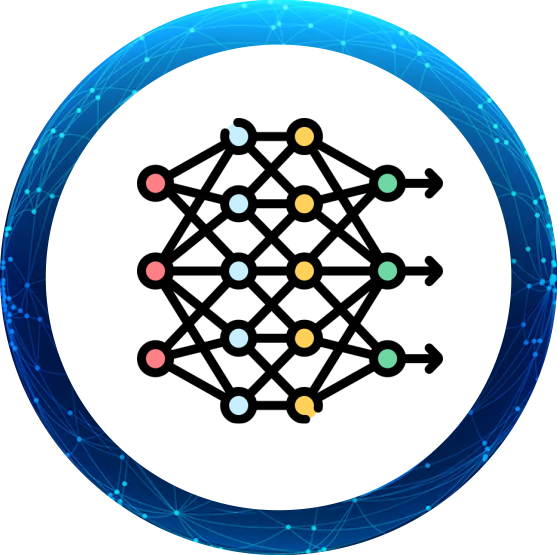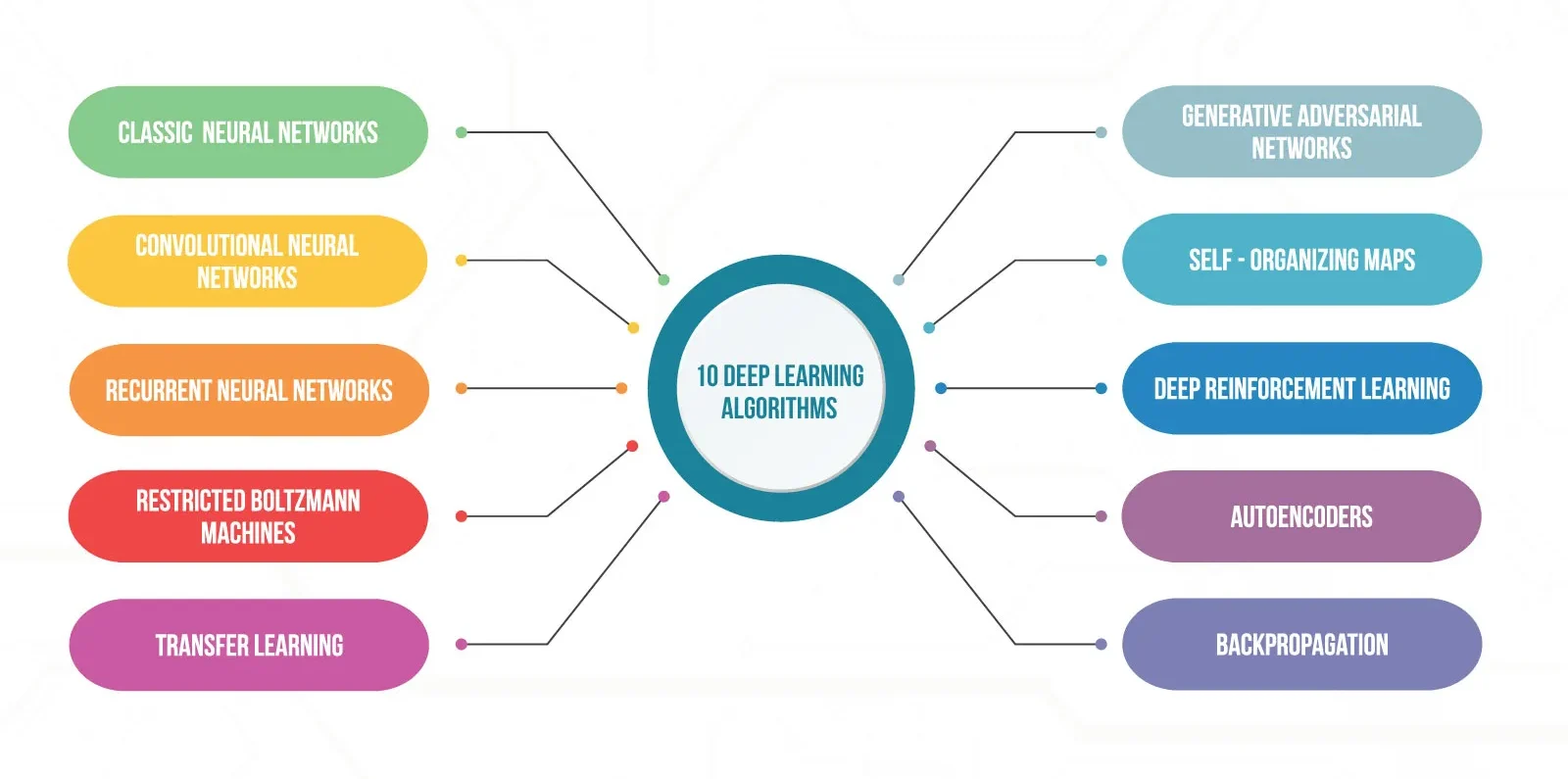DEEP LEARNING


in Data Science and AI
Deep Learning (DL) enables machines to learn complex patterns from large amounts of data, outperforming traditional ML in many areas.
It powers state-of-the-art AI systems in computer vision, speech recognition, NLP, and generative AI.
DL models can automatically perform feature extraction, eliminating the need for manual feature engineering.
Architectures like CNNs and RNNs specialize in handling images, videos, time series, and sequential data.
DL is at the core of modern breakthroughs like ChatGPT, AlphaGo, autonomous driving, and DeepFake generation.
It enables transfer learning, where pre-trained models can solve new tasks with minimal data and compute.
Frameworks like TensorFlow and PyTorch make DL development accessible and scalable.
DL fuels innovation in healthcare, robotics, fintech, and education, pushing the frontiers of AI.
It supports the development of reinforcement learning agents in gaming, robotics, and simulations.
Deep Learning is essential for building end-to-end intelligent systems that can sense, understand, and act.

Module 1: Introduction to Deep Learning
What is Deep Learning?
Deep Learning vs Machine Learning
History and evolution of DL
Applications of DL in AI
DL frameworks: TensorFlow, PyTorch, Keras
Module 2: Math Foundations for Deep Learning
Vectors, matrices, and tensors
Linear transformations
Derivatives and gradients
Chain rule and backpropagation
Activation functions: Sigmoid, Tanh, ReLU, Leaky ReLU, Softmax
Module 3: Neural Networks Basics
Perceptron and multi-layer perceptrons (MLPs)
Forward propagation
Loss functions: MSE, Cross-Entropy
Backpropagation and weight updates
Optimization algorithms:
Gradient Descent
SGD, Adam, RMSprop
Module 4: Building Neural Networks with Keras/PyTorch
Model architecture using
Sequentialand functional APICompiling and training a model
Evaluating performance
Saving and loading models
Custom training loops (PyTorch)
Module 5: Regularization and Optimization
Overfitting vs underfitting
Regularization techniques:
L1, L2
Dropout
Early stopping
Batch normalization
Learning rate scheduling
Module 6: Convolutional Neural Networks (CNNs)
Convolution operation and filters
Padding, stride, pooling
Building CNNs in Keras/PyTorch
Image classification with CNN
Transfer learning with pre-trained models (VGG, ResNet)
Module 7: Recurrent Neural Networks (RNNs)
Introduction to sequence modeling
RNN architecture and limitations
Long Short-Term Memory (LSTM)
Gated Recurrent Units (GRU)
Applications in time series, speech, and text
Module 8: Natural Language Processing with DL
Tokenization and word embeddings (Word2Vec, GloVe)
Embedding layers
Sentiment analysis with LSTM
Attention mechanism basics
Introduction to Transformers (BERT, GPT overview)
Module 9: Generative Models
Autoencoders:
Undercomplete and Denoising
Variational Autoencoders (VAEs)
Generative Adversarial Networks (GANs):
Generator vs Discriminator
Applications: Deepfakes, image generation
Module 10: Deployment and Inference
Converting models for deployment
TensorFlow Lite, ONNX, TorchScript
Inference optimization for edge devices
Model serving with Flask / FastAPI
Using DL models in web apps or mobile apps
Module 11: Tools and Libraries
TensorBoard for visualization
Weights & Biases or MLflow for tracking experiments
GPU acceleration with CUDA and cuDNN
Hugging Face Transformers library (intro)
Module 12: Advanced Topics
Attention and Transformers in detail
BERT, GPT, Vision Transformers
Reinforcement Learning introduction
Neural Architecture Search
Large Language Models (LLMs) overview
Module 13: Real-world Projects
Image classification on CIFAR-10 / MNIST
Sentiment classification with IMDB/Yelp dataset
Object detection (YOLO or SSD intro)
Time series forecasting (stock prices, sensors)
Build a chatbot with deep learning

